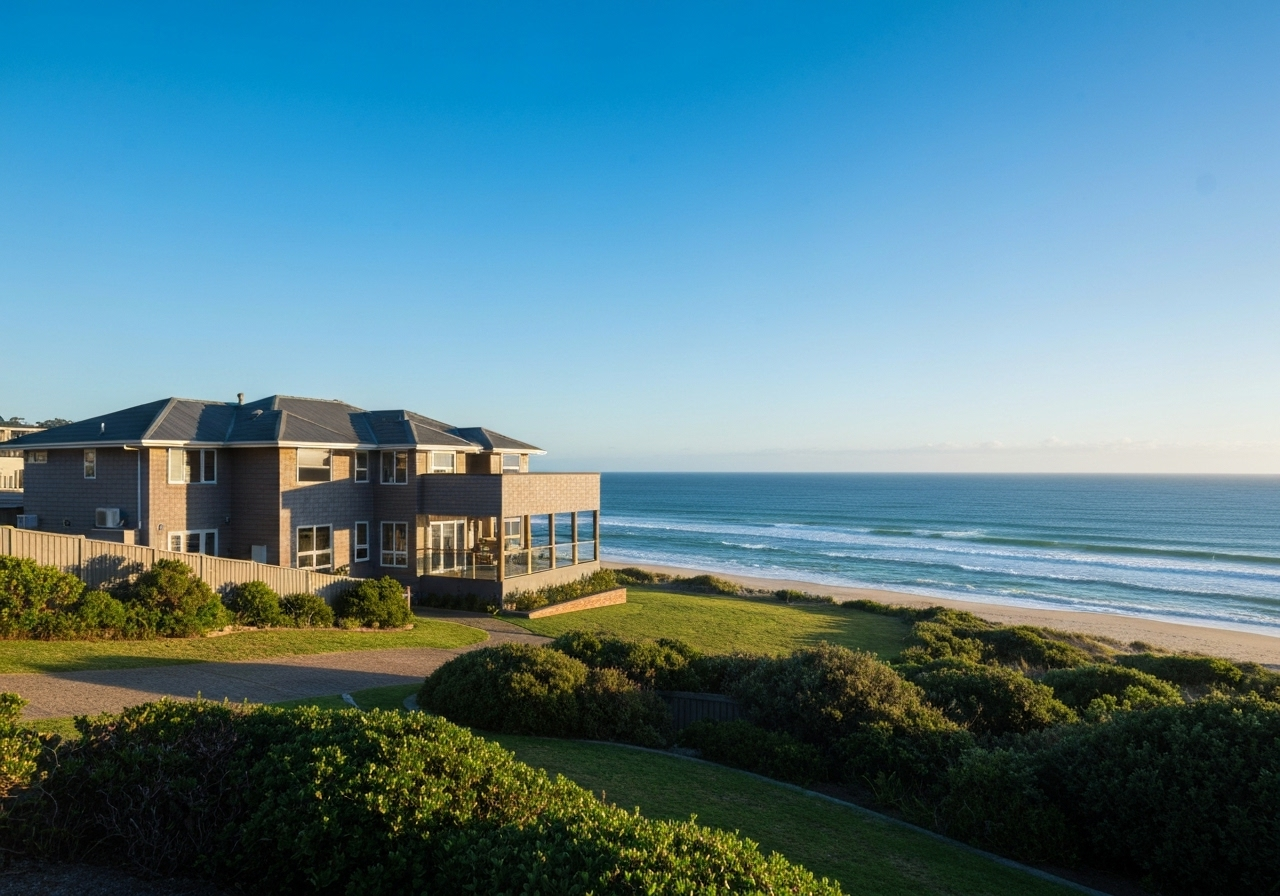Introduction to Your Essential Homeowners Insurance Guide
Navigating the complexities of homeownership means safeguarding your investment from unforeseen events. A comprehensive homeowners insurance guide is crucial for every homeowner, providing peace of mind and financial security. This guide will walk you through the essential aspects of homeowners insurance, ensuring you understand its vital role in protecting your most valuable asset.
What Does a Standard Homeowners Insurance Policy Cover?
A standard homeowners insurance policy is a package that bundles several key types of coverage. It protects against damage to your property and offers liability protection. Most policies cover destruction and damage to your residence’s interior and exterior, the loss or theft of possessions, and personal liability for harm to others. This also extends to damage caused by household pets. According to the Insurance Information Institute, standard policies typically cover damage from disasters like fire, wind, hail, and lightning.
Key components of a standard policy include:
- Dwelling Coverage: This pays to repair or rebuild the physical structure of your home, including attached structures like a garage or porch, if damaged by a covered peril.
- Other Structures Coverage: This extends protection to detached structures on your property, such as sheds, fences, or detached garages.
- Personal Property Coverage: Your belongings, including furniture, clothing, and electronics, are covered if they are stolen or destroyed. Most policies cover these items anywhere in the world, not just inside your house. However, expensive items like jewelry may have specific dollar limits and might require additional coverage.
- Loss of Use (Additional Living Expenses): If your home becomes uninhabitable due to a covered event, this coverage helps pay for temporary living expenses such as hotel stays, restaurant meals, and other necessary costs while your home is being repaired.
- Personal Liability Coverage: This protects you from lawsuits if you or a member of your household (including pets) accidentally injure someone or cause damage to their property. It covers legal fees and court awards up to your policy limits.
- Medical Payments Coverage: This pays for medical bills if someone is injured on your property, regardless of who is at fault, or if you, a family member, or a pet injure someone away from home.
Exploring Different Types of Homeowners Insurance Coverage
Homeowners insurance isn’t a one-size-fits-all product. Various policy forms, often designated HO-1 through HO-8, offer different levels of protection. The most common type is the HO-3 policy.
Common Policy Forms:
- HO-1 (Basic Form): This is a bare-bones policy covering only a limited number of specified perils, such as fire and theft. It’s not widely available due to its limited coverage.
- HO-2 (Broad Form): Offers more extensive coverage than HO-1, protecting against a broader list of named perils for both your dwelling and personal property.
- HO-3 (Special Form): This is the most popular policy. It covers your dwelling for all perils except those specifically excluded (open perils), while your personal property is covered only for named perils. Many lenders require this level of coverage.
- HO-5 (Comprehensive Form): Providing the broadest protection, HO-5 policies cover your home and personal belongings from all perils except those specifically excluded. These are typically available for well-maintained homes in low-risk areas.
- HO-4 (Contents Broad Form): Designed for renters, this policy covers personal belongings and offers liability protection, but does not cover the dwelling itself.
- HO-6 (Unit-Owners Form): This is condo insurance, covering the interior of your unit and your personal property, along with liability coverage.
- HO-8 (Modified Homeowners Form): Tailored for older or historic homes where replacement cost coverage might be impractical, it often covers dwelling and personal property on a named-peril basis with modified replacement costs.
Understanding Reimbursement Options:
When damage occurs, how your insurer calculates your payout depends on your policy’s reimbursement method:
- Actual Cash Value (ACV): This pays to replace your home or possessions minus a deduction for depreciation (the decrease in value due to age and wear and tear). This is often applied to personal belongings.
- Replacement Cost Value (RCV): This pays the cost to repair or rebuild your home or replace possessions with new items of similar kind and quality, without deducting for depreciation. Many policies offer this for dwelling coverage, and it can often be added for personal property.
- Guaranteed or Extended Replacement Cost: These options provide an extra cushion beyond your dwelling coverage limit. An extended policy typically pays 20% to 25% more than the limit, while a guaranteed policy pays whatever it costs to rebuild your home as it was before the disaster, even if it exceeds the limit. This can be vital if construction costs surge after a widespread disaster.
Understanding Homeowners Insurance Exclusions: What Isn’t Covered?
Even the most comprehensive homeowners insurance policies have exclusions—events or situations they won’t cover. It’s vital to understand these to avoid surprises.
Common exclusions typically include:
- Flooding: Damage from external water sources, such as heavy rainfall, storm surges, or overflowing rivers, is almost universally excluded. Separate flood insurance, often through the National Flood Insurance Program (NFIP), is usually required for this peril.
- Earthquakes and Earth Movement: Damage from earthquakes, landslides, sinkholes, and other ground movements is generally not covered. Earthquake insurance is often available as an endorsement or a separate policy.
- Sewer or Water Backup: Damage caused by backed-up sewer lines, drains, or sump pumps is typically excluded unless you add specific water backup coverage to your policy.
- Neglect and Poor Maintenance: Homeowners insurance is not a maintenance contract. It won’t cover damage resulting from your failure to adequately maintain your home, such as mold growth due to persistent leaks, termite infestations, or damage from rotting wood.
- Intentional Damage: Any damage you intentionally cause to your property will not be covered.
- War, Nuclear Hazard, and Government Action: Acts of war, terrorism, nuclear incidents, or government actions (like property seizure) are generally excluded.
- Certain Pests: Damage from insects (like termites) or vermin is usually considered a maintenance issue and is excluded.
For specific exclusions and options to add coverage for certain risks, always review your policy documents and consult with your insurance agent.
Key Factors That Influence Your Homeowners Insurance Rates
Homeowners insurance premiums are calculated based on various factors that assess the risk an insurer takes on. Understanding these can help you anticipate costs and potentially find ways to save. Some of the primary factors include:
- Location of Your Home: Proximity to fire hydrants and fire stations, crime rates in your neighborhood, and susceptibility to natural disasters (hurricanes, tornadoes, wildfires) significantly impact your rates. Homes in coastal or high-risk weather zones often face higher premiums and specific deductibles, such as a hurricane deductible.
- Age and Condition of Your Home: Older homes may have higher premiums due to outdated plumbing, electrical systems, or roofing, which can be more prone to issues or more expensive to repair. Newer homes with modern construction tend to have lower rates.
- Construction Type and Materials: The materials used to build your home affect its resistance to perils like fire and wind. For instance, brick or masonry homes might have lower rates than wood-framed homes.
- Rebuilding Cost: The estimated cost to rebuild your home (not its market value) is a major factor. This includes local construction costs, square footage, style, number of rooms, and special features.
- Your Claims History: A history of past claims, even if filed by a previous owner, can indicate higher risk and lead to increased premiums.
- Deductible Amount: This is the amount you pay out-of-pocket before your insurance coverage kicks in. Choosing a higher deductible typically lowers your premium, but means you bear more financial responsibility upfront in the event of a claim.
- Coverage Limits and Endorsements: The amount of coverage you select for your dwelling, personal property, and liability, along with any additional endorsements (like scheduled personal property or water backup coverage), will directly influence your premium.
- Credit History: In many states, your credit-based insurance score can impact your rates, as it’s often seen as an indicator of financial responsibility.
Smart Strategies to Save Money on Homeowners Insurance
While numerous factors influence your homeowners insurance rates, there are proactive steps you can take to potentially reduce your premiums without sacrificing essential coverage.
- Bundle Policies: Many insurance providers offer discounts if you purchase multiple policies (e.g., home and auto insurance) from them. This is often one of the simplest ways to achieve significant savings.
- Increase Your Deductible: Opting for a higher deductible means you’ll pay more out-of-pocket for a claim, but it can significantly lower your annual premium. Ensure you can comfortably afford the deductible amount in an emergency.
- Improve Home Security: Installing safety and security features can lead to discounts. This includes centrally monitored burglar and fire alarm systems, smoke detectors, carbon monoxide detectors, deadbolt locks, and sprinkler systems.
- Fortify Your Home: If you live in an area prone to severe weather, investing in mitigation measures can reduce your risk and potentially lower your premiums. Examples include storm shutters, impact-resistant roofs, reinforced garage doors, and even proper landscaping to prevent fallen trees.
- Maintain a Good Credit Score: As credit history can influence rates in many states, maintaining a healthy credit score can help secure lower premiums.
- Shop Around and Compare Quotes: Don’t settle for the first quote you receive. Compare rates and coverage options from multiple insurance companies to ensure you’re getting the best value for your money. You can explore a variety of options through platforms like Bankrate’s home insurance guide.
- Ask About Discounts: Always inquire about available discounts, as they can vary widely by insurer. Common discounts include those for being a loyal customer, a non-smoker, having a new home, or being part of certain professional organizations.
- Regular Home Maintenance: While standard policies don’t cover maintenance issues, being proactive with upkeep can prevent larger, more costly damages that might lead to claims and affect your rates.
How to Choose the Right Homeowners Insurance Provider
Selecting the right homeowners insurance provider is about more than just finding the lowest premium. It involves evaluating coverage, customer service, and financial stability. Here’s how to make an informed decision:
- Assess Your Coverage Needs: Before comparing providers, understand what you need. Consider your home’s rebuilding cost, the value of your personal belongings (conduct a home inventory!), and your desired liability limits. Factors like a swimming pool, pets, or running a home business might necessitate additional coverage.
- Compare Quotes from Multiple Providers: Obtain quotes from several different insurance companies. Look beyond just the price; compare the types of coverage offered, deductibles, and any exclusions. Tools from sites like NerdWallet can help you compare various carriers.
- Research Company Reputation and Financial Strength:
- **Customer Service and Claims Handling:** Investigate how insurers handle claims and their overall customer satisfaction. Websites like J.D. Power and the National Association of Insurance Commissioners (NAIC) provide valuable insights and complaint data.
- **Financial Stability:** Check the insurer’s financial strength ratings from agencies like A.M. Best, Moody’s, or Standard & Poor’s. A strong rating indicates the company’s ability to pay out claims, even after a major disaster.
- Understand Policy Forms and Endorsements: Ensure the policy type (e.g., HO-3, HO-5) aligns with your needs and that you understand any endorsements (add-ons) that enhance or limit coverage. Clarify how different perils are covered and what isn’t.
- Consult with a Licensed Agent: An experienced insurance agent can help you understand complex policy language, identify potential risks specific to your home’s location, and recommend adequate coverage levels. They can also help you navigate different deductible scenarios to find the best balance between premium costs and out-of-pocket expenses.
- Consider Bundling Opportunities: If you already have auto or life insurance, check if your current provider offers multi-policy discounts for bundling your homeowners insurance. This can be a significant cost-saving strategy.
By taking a comprehensive approach, you can choose a homeowners insurance provider that offers reliable protection tailored to your unique situation.
Your Roadmap to Protection with Beach Insurance LLC
At Beach Insurance LLC, we understand that your home is more than just a structure; it’s a significant investment and the heart of your family’s life. Navigating the world of homeowners insurance can be complex, but with the right partner, it becomes a clear roadmap to protection. Our commitment is to provide personalized, expert guidance to ensure you have the comprehensive coverage you deserve.
We pride ourselves on offering:
- Consultative Approach: Our licensed agents take the time to understand your unique needs and property specifics, offering tailored options rather than generic solutions.
- Timely and Accurate Information: We provide clear, practical insights into policy details, helping you understand what’s covered, what’s excluded, and how different choices impact your protection.
- Annual Customer Care Reviews: We proactively review your policy annually to ensure it continues to meet your evolving needs and circumstances, especially vital in dynamic regions like the coastal areas we serve.
- Extensive Market Access: As an independent insurance broker, we work with numerous national and regional carriers. This allows us to shop for you, comparing diverse product solutions and price points to find the optimal coverage at a competitive price.
Whether you’re a first-time homeowner seeking to understand the basics or looking to re-evaluate your existing policy, Beach Insurance LLC is dedicated to safeguarding your home and financial well-being. Our goal is to ensure you have unwavering confidence in your coverage, providing true peace of mind against unexpected incidents. We invite you to experience the difference of a personal relationship with an insurance partner who genuinely cares about your individual situation and long-term security.
Ready to secure your home with comprehensive coverage? Visit our Contact Us page to get started today!






